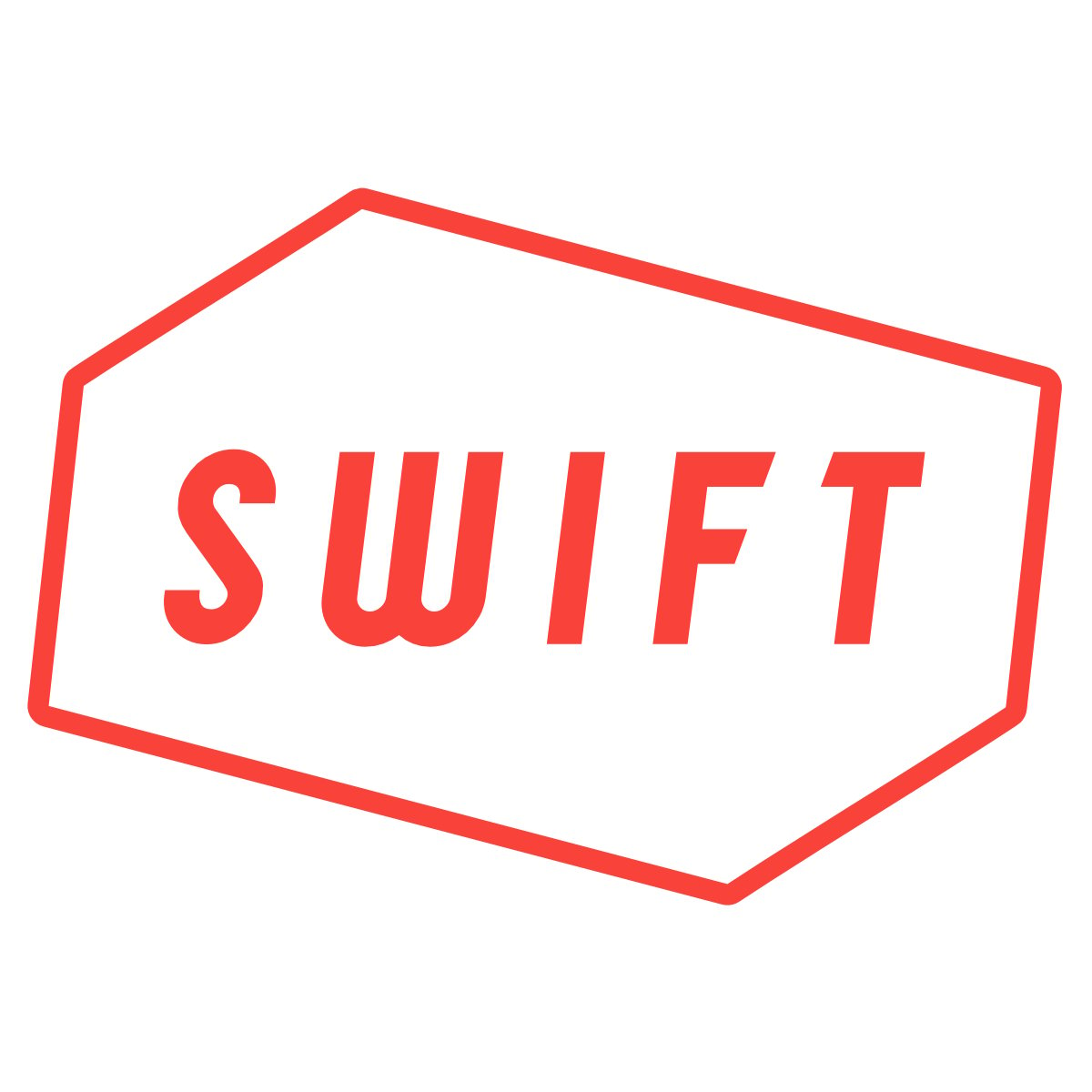91
Velocity (max)
7/17/24
Rankings available to Premium Subscriber
Rankings available to Premium Subscriber






To unlock contact information, you need to purchase a ScoutPLUS subscription.
Purchase Subscription
Georgia Tech commit. The 2023 Future Games alumni was back it last weekend at Georgia Dugout Club. The frame is continuing to mature and fill up. He has a long lower half that is still developing, and will allow him to break into that low 90’s fastball range soon. Underwood attacks hitters with the fastball early in the count, and has a legit 4 pitch mix to keep hitters guessing. He uses the 3000 spin curveball for big swings and misses and has the sweeping slider he likes using early in the count. The change up has the action, and will continue to be a big pitch for him as it develops.
6-foot-2, 165 pounds. The overall look on this tall, lean southpaw was stellar from a pitchability and stuff perspective. Cooper showed the ability to dominate with his seemingly invisible FB even for an entire 3 pitch sequence, which is rare for a lefty in the mid-upper 80’s. The most exciting part for me is that he didn’t have his usual glove side control (because of a slight drift that impacted his line to the plate), but still no one hit the FB. His whiffs were majority arm side but he was still able to be effective to the glove side at times with the heater. But when it’s spinning in the 2400-2500 range with late life and hitters have to worry about 2 disgusting breaking balls, it’s usually a miserable AB. Underwood has always shown a rare ability to spin, and the recent velo jump has take both his SL and CB to the next level. Both pitches are harder, sharper, and have more life overall. What’s going unnoticed is his natural feel for the CH which we feel has just as much potential as the CB & SL. This is a strike thrower with noticeable athleticism and plenty of room to grow into his projectable, high waisted frame. He has the mental makeup it takes to be a D1 starter early in his college career.
Uncommitted. 6-foot-1, 150 pounds. Our number 4 LHP in the class continues to wildly impress us with his advanced delivery, secondary pitches, and command. While we typically see him use the time stopping CH in most of his outings, he didn’t need it on this day. Cooper went strictly FB/CB combo and produced some really ugly swings inning by inning with both pitches. His 82-84 FB has an extremely sharp, late tail seemingly just as it crosses the plate. Add in his nearly invisible, efficient mid depth (one piece) arm action, and you’ve got a FB playing 2-3 mph harder than it actually is. We also had an 86 out of Underwood inning 1, our highest FB velocity on him to date. This is a great sign, especially with him being only 150 lbs currently. His 70-72 CB is as consistent as it gets for his age, with very tight rotation, sweep, and ridiculously sharp two plane depth for the current velocity. He can locate the FB/CB to both edges with absolutely no effort, and the confidence he has on the mound is second to none for his age.
Positional Profile: LHP/OF Some of the best pitchability in the 2025 class with considerable velo potential. Repeats delivery at high level.
Body: 6-1, 150-pounds. Broad shouldered, long levered frame with plenty of room to fill out.
Delivery: Simple, non manufactured delivery. The footwork is exceptionally clean, he’s well balanced with a gradual build of pace, and creates a very good rhythm between upper & lower half that leads to a smooth break of the hands. He has a simple yet advanced lower half, holding the bend in his back knee from start to finish - this creates downhill trajectory on all pitches and evenly distributed weight at landing (55% back side, 45% front). This makes for an effortless lead leg block that will only create more explosive rotation and velocity as he gets stronger.
Arm Action: RH. Efficient, short circle L3/4 arm action gives him plus deception and plays up his FB tremendously
FB: T81.8, 78-82 mph. Gradual tail. T2209, 2104 average rpm.
CB: 68-71 mph. Vertical shape, late snap. T2373, 2230 average rpm.
SL: 70-72 mph. Sharp sweep, late depth. T2520, 2315 average rpm.
CH: 76-76 mph. Fade & depth. T1909, 1902 average rpm.
Positional Profile: LHP/OF Some of the best pitchability in the 2025 class with considerable velo potential. Repeats delivery at high level.
Body: 6-1, 150-pounds. Broad shouldered, long levered frame with plenty of room to fill out.
Delivery: Simple, non manufactured delivery. The footwork is exceptionally clean, he’s well balanced with a gradual build of pace, and creates a very good rhythm between upper & lower half that leads to a smooth break of the hands. He has a simple yet advanced lower half, holding the bend in his back knee from start to finish - this creates downhill trajectory on all pitches and evenly distributed weight at landing (55% back side, 45% front). This makes for an effortless lead leg block that will only create more explosive rotation and velocity as he gets stronger.
Arm Action: RH. Efficient, short circle L3/4 arm action gives him plus deception and plays up his FB tremendously
FB: T81.8, 78-82 mph. Gradual tail. T2209, 2104 average rpm.
CB: 68-71 mph. Vertical shape, late snap. T2373, 2230 average rpm.
SL: 70-72 mph. Sharp sweep, late depth. T2520, 2315 average rpm.
CH: 76-76 mph. Fade & depth. T1909, 1902 average rpm.
GA Preseason All-State
Underwood has some of the best pitchability I can remember in an underclassmen. But in his 6’1 150 lb frame with easy arm speed, there is considerable projection for velocity in the future. There’s so much to like about his simple, non manufactured delivery. The footwork is exceptionally clean, he’s well balanced with a gradual build of pace, and creates a very good rhythm between upper & lower half that leads to a smooth break of the hands. He has a simple yet advanced lower half, holding the bend in his back knee from start to finish - this creates downhill trajectory on all pitches and evenly distributed weight at landing (55% back side, 45% front). This makes for an effortless lead leg block that will only create more explosive rotation and velocity as he gets stronger. This is another special southpaw in the 2025 class with a four pitch arsenal. The FB sat in the 80-83 range at PAS23 and he dotted both edges with a gradual tail. His efficient, short circle L3/4 arm action gives him plus deception and plays up his FB tremendously. Underwood has two different breaking balls with consistent shape and command. The 69-71 CB is 2700 RPM, showing gradual vertical shape and plenty of depth. The 71-73 SL tunnels very well with his FB, showing sharp sweep and late depth. The 75-77 CH has equal parts fade & depth, and absolutely dies at the plate when on. If he continues on this pace, Underwood could end up with 3 avg or better MLB secondary pitches down the line.